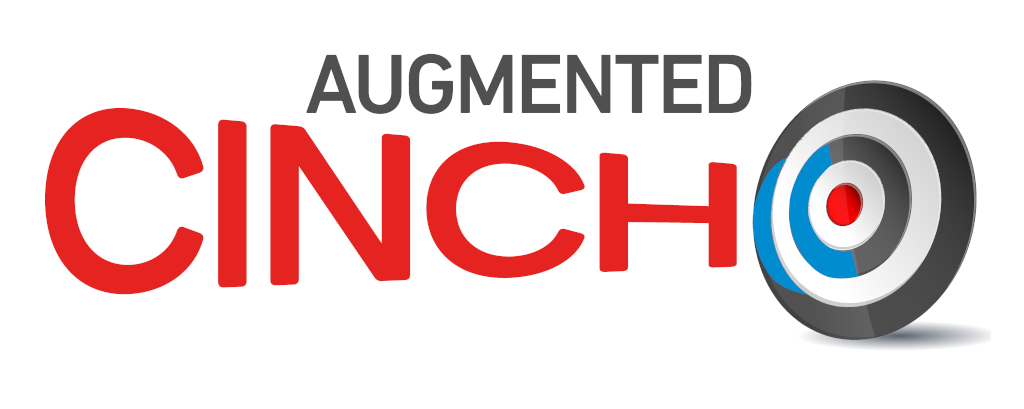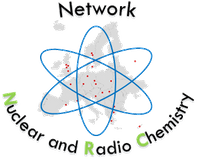Environmental Radiobiology
Course contents:
The course is based on a weeks intensive lectures. Students are expected to have read and prepared from the pensum beforehand. One afternoon will include lab demonstration of some of the biomarker methods. An additional indepth self-study on a selected topic will be required for the written assignment. The course is held every other year - next scheduled June 2021.
Learning outcome:
The aim of the course is to give students an introduction to the fundamental principles of radiobiology, within the context of research fields on radioecology and the environmental effects of radiation. As such the course will cover both the history and the state-of-the-art of our knowledge on the biological effects of radiation on humans, and how this relates to other effects seen in non-human organisms. Areas covered include fundamental radiobiology, biological responses to ionising radiation, the use of biomarkers and toxicogenomics, factors linked to differences in radiation sensitivity, non-targeted effects (bystander, genomic instability, adaptive response, etc.,) and multiple stressors.
Learning activities:
This course will examine current radiobiology after introducing a historical perspective. The various concepts of radiobiology (such as target theory) will be introduced as problems for the class to discuss. Following the class discussion and the production of a hypothesis, the classical solutions and work in this area will be discussed. Repetition of this approach will allow students to become immersed in the topic, and will encourage them to derive the fundamental tenets of radiobiology for themselves. Using this approach to radiobiology also allows the natural flow towards modern paradigm shifts, and the view that radiation should not be regarded in isolation in terms of environmental stress. The course will then deal with the interaction between radiobiology and radioecology and in particular how the new radiobiological paradigms involving concepts of non-targeted effects mechanisms such as genomic instability and bystander effects, may alter the fundamental tenets on which radiation and environmental protection are based. Attention will also be paid to conflicts this raises between scientific and legislative approaches to radiation, and some examples from Canada will be discussed.
Course book:
Eric Hall 'Radiobiology for the Radiologist'
Selected articles (available as a compendium):
- Essentials of Environmental Toxicology, by W Hughes, publ Taylor and Francis
- In vitro methods in aquatic toxicology Mothersill and Austin -#8211- publ Praxis Fundamentals of Aquatic Toxicology Rand, publ Taylor and Francis
- Multiple stressors a challenge for the future, Proc. NATO ARW eds Mothersill, Mosse and Seymour Publ Springer
Prerequisites:
Basic principles of radiation protection (eg. KJM350 or similar)
Mandatory activity:
Lectures (80% attendance) Written assignment
Assessment:
The students will prepare a written assignment on a choice of topics. The assigment will require self-study and should be handed in 3 weeks after completion of the lectures.
Grading scale: Passed / Not passed
Nominal workload:
The course is based on a weeks intensive lectures. Students are expected to have read and prepared from the pensum beforehand. One afternoon will include lab demonstration of some of the biomarker methods. An additional indepth self-study on a selected topic will be required for the written assignment.
Entrance requirements:
Minimum requirements for entrance to higher education in Norway (generell studiekompetanse)
Type of course:
- 25 hrs lectures,
- 25 hrs preparation/self-study,
- 100 hrs written assignment



 This e-shop runs on e-shop platform by
This e-shop runs on e-shop platform by